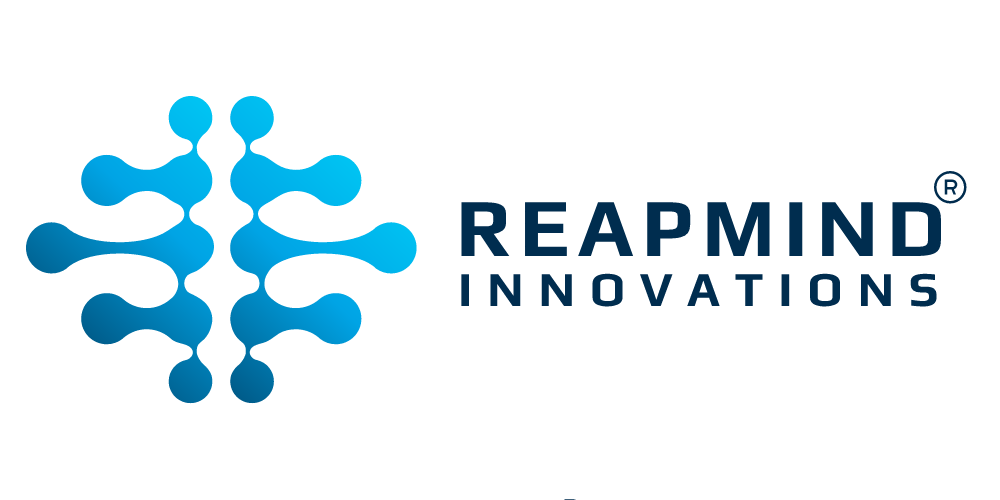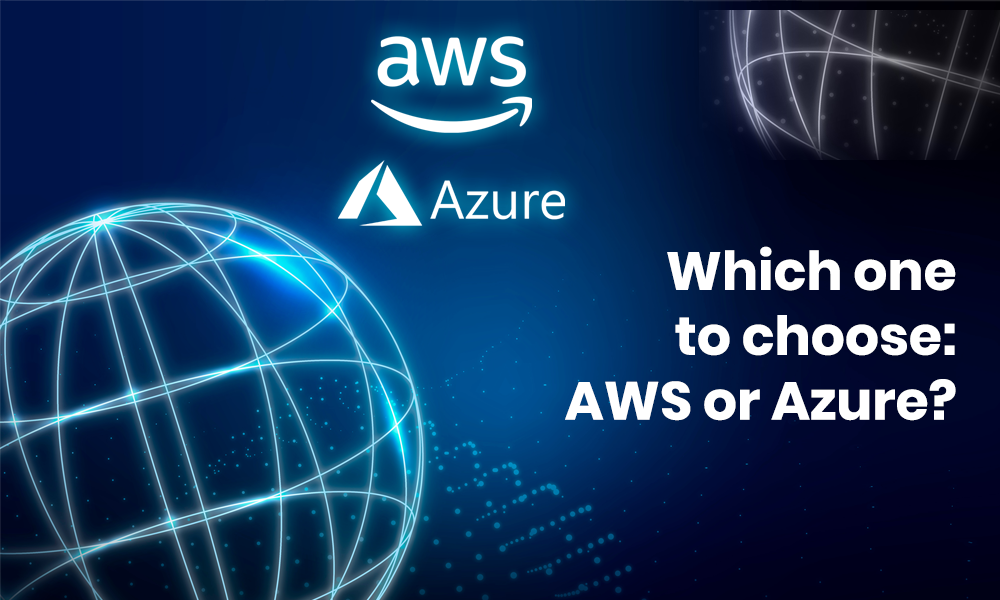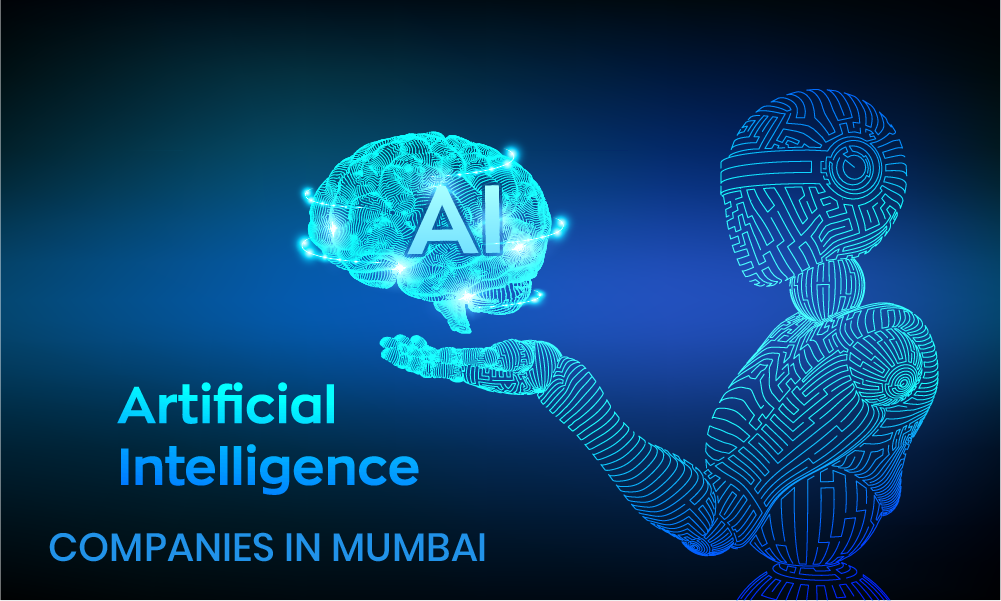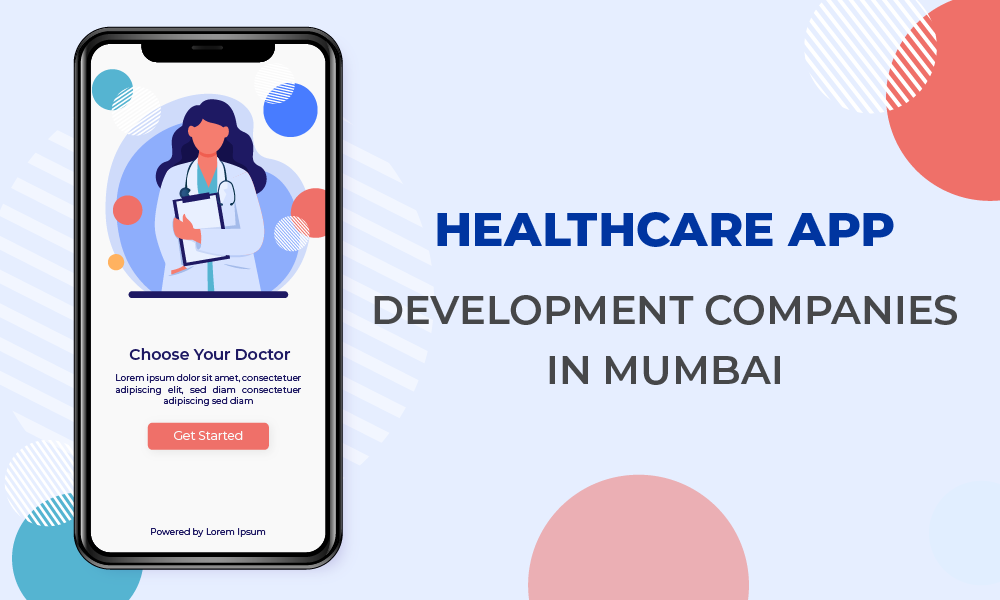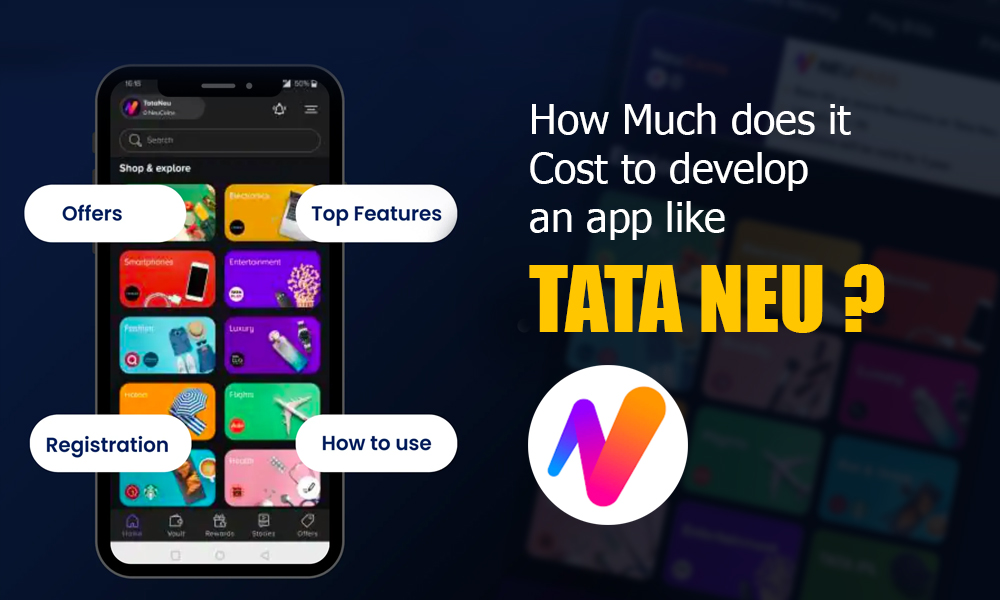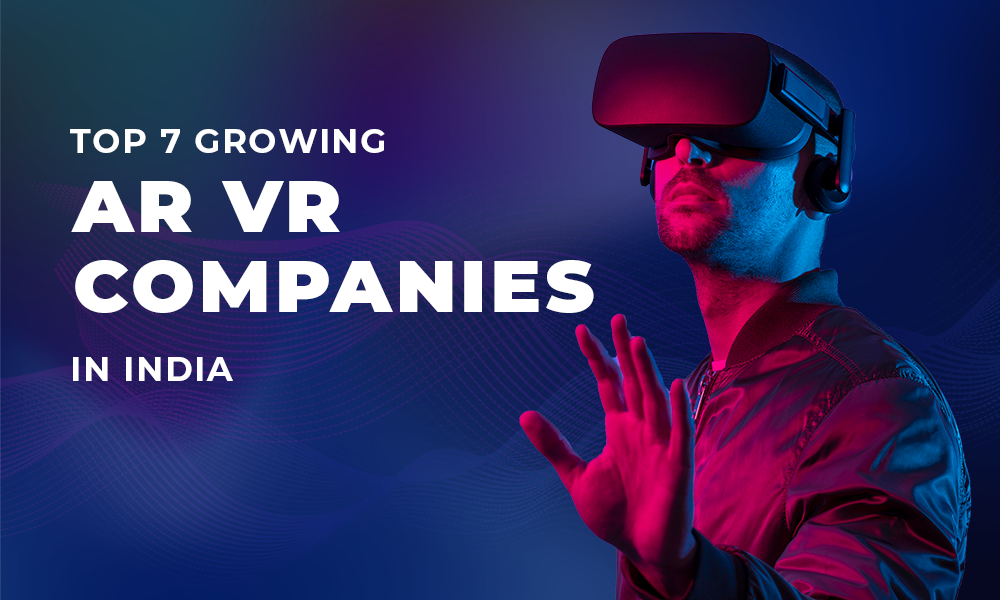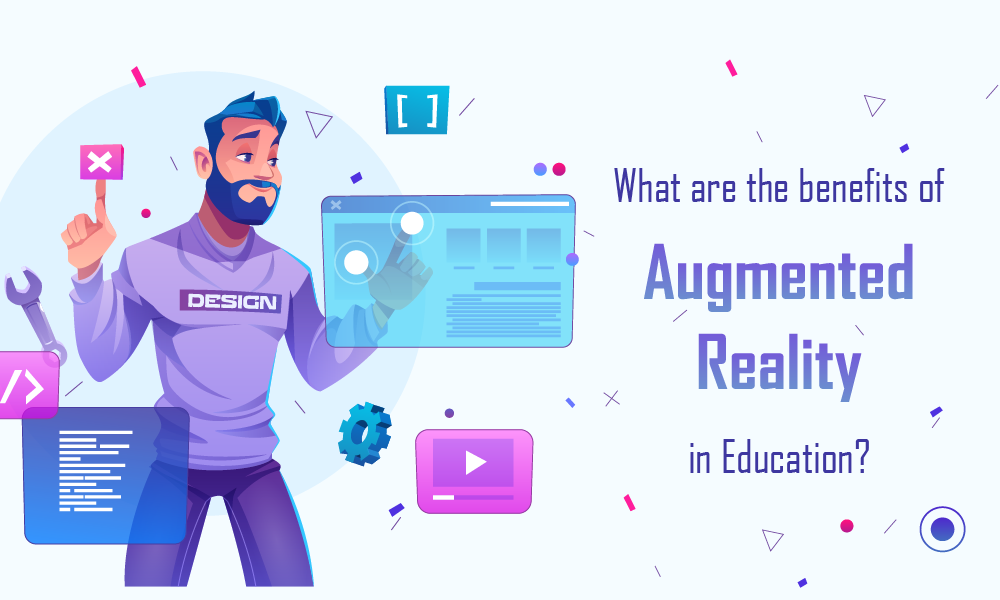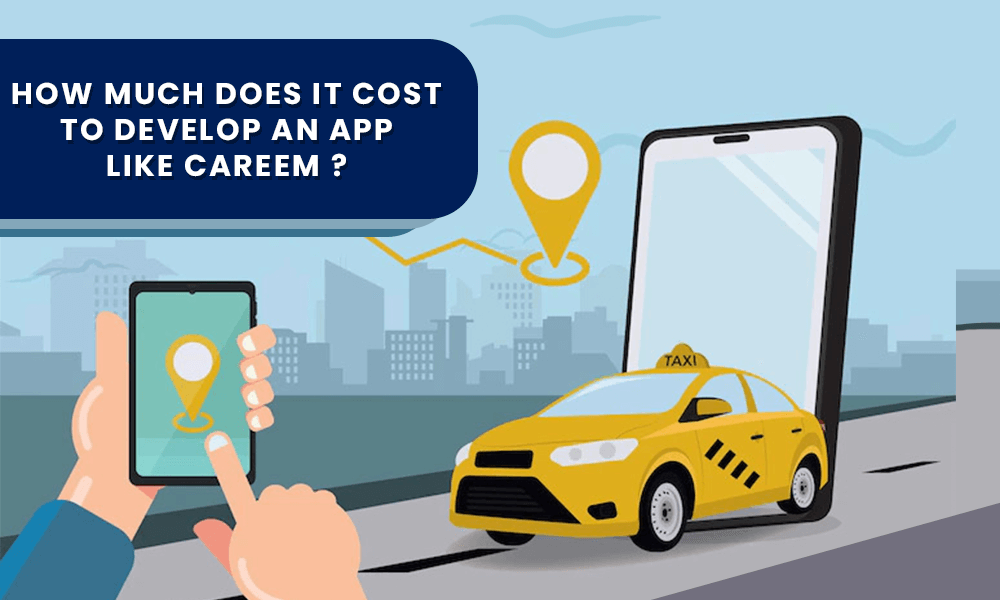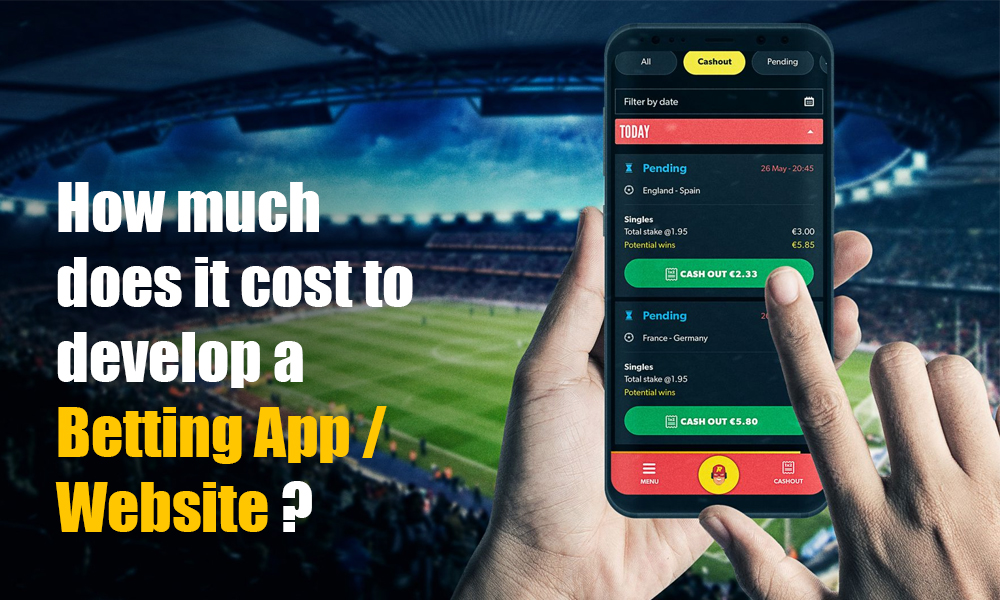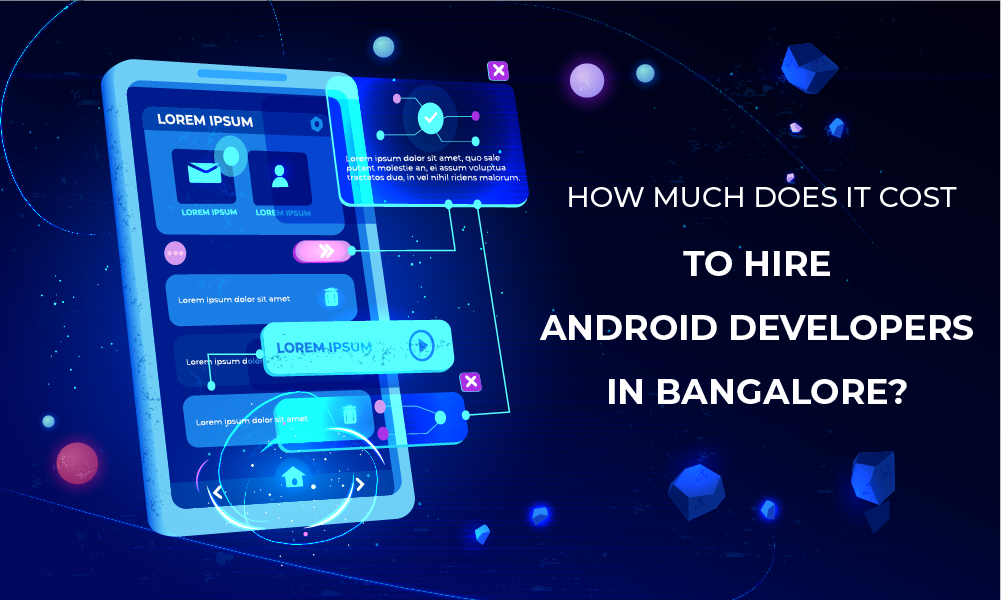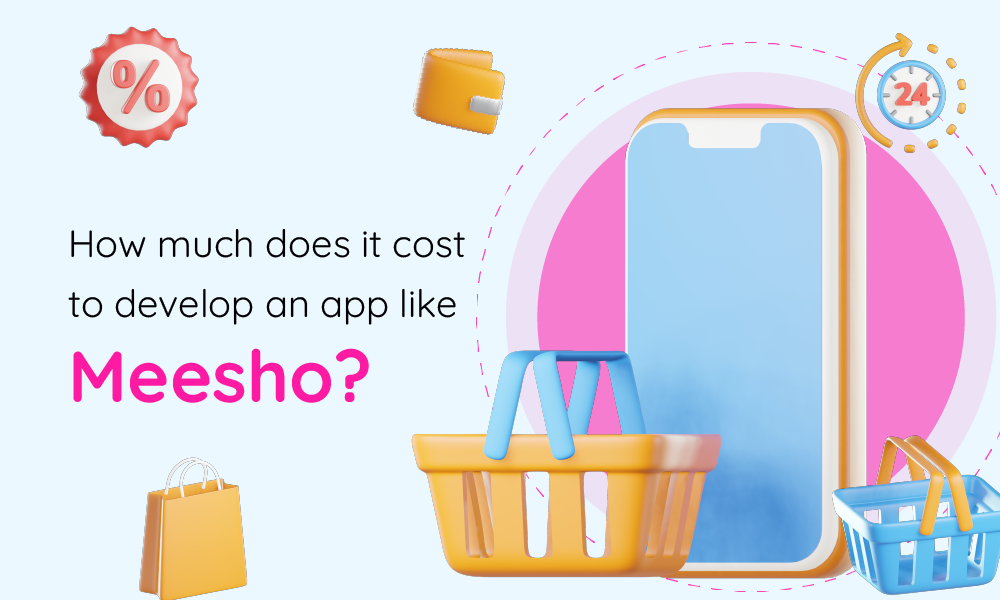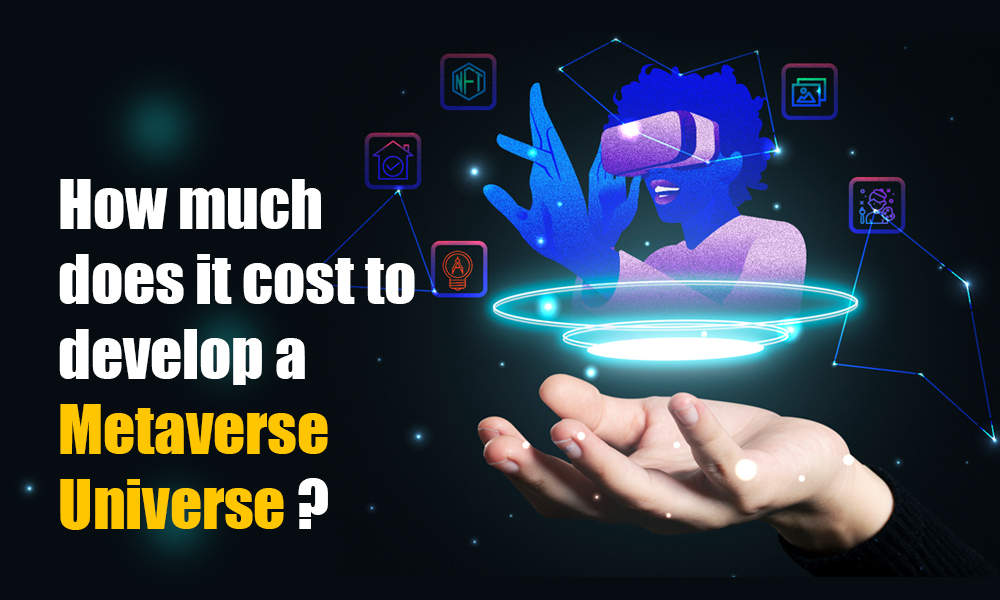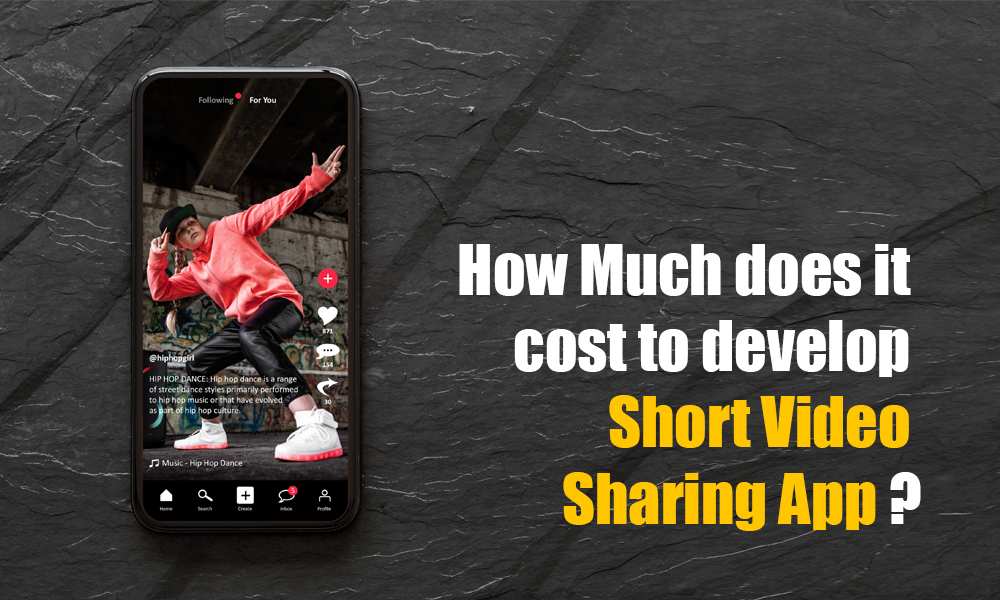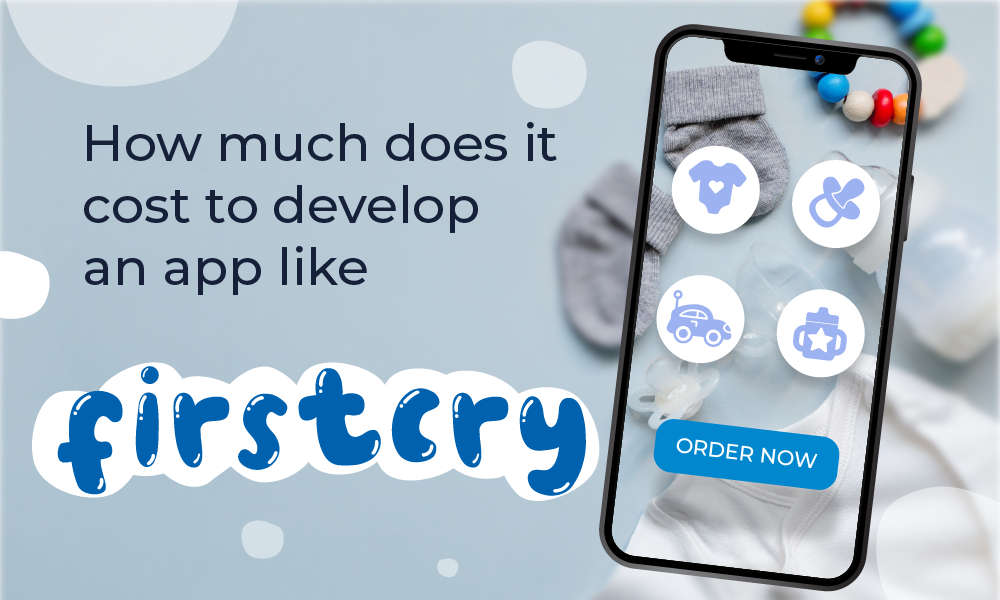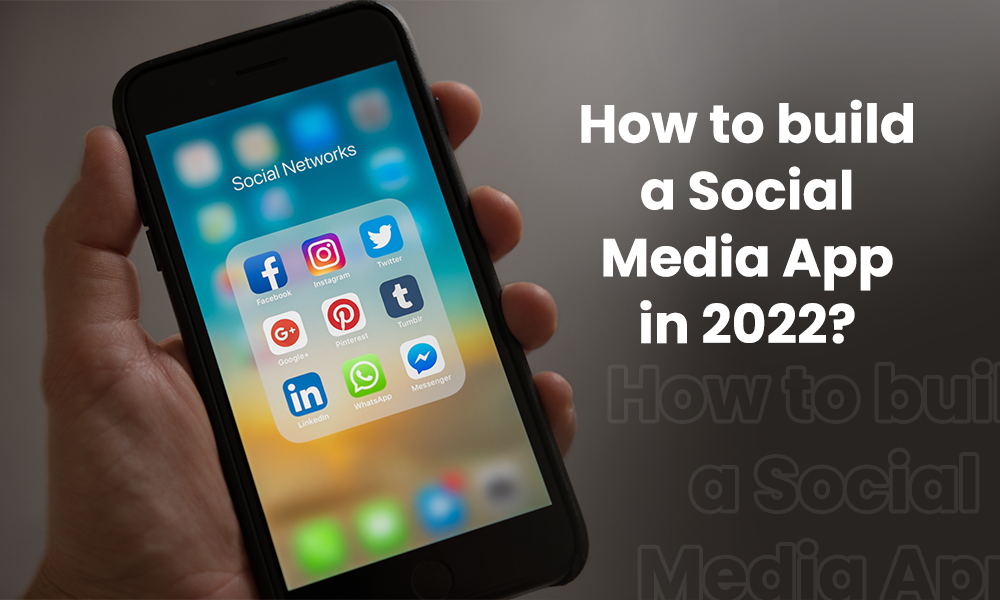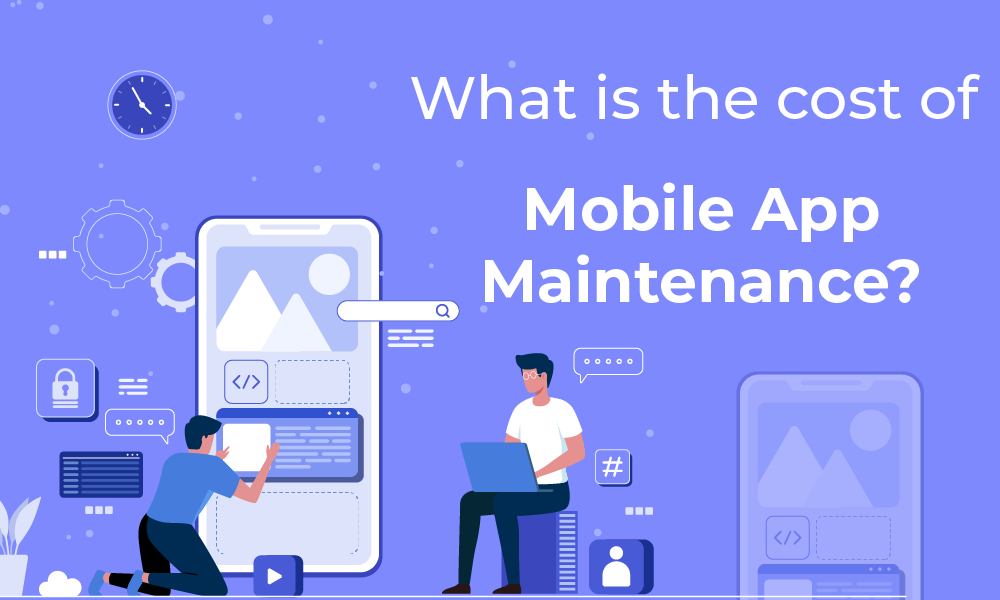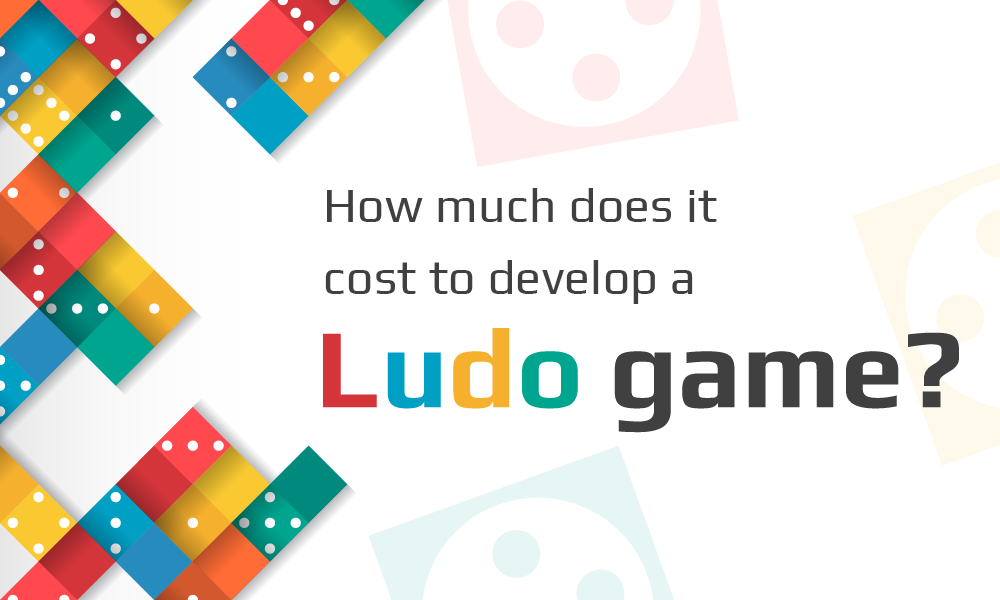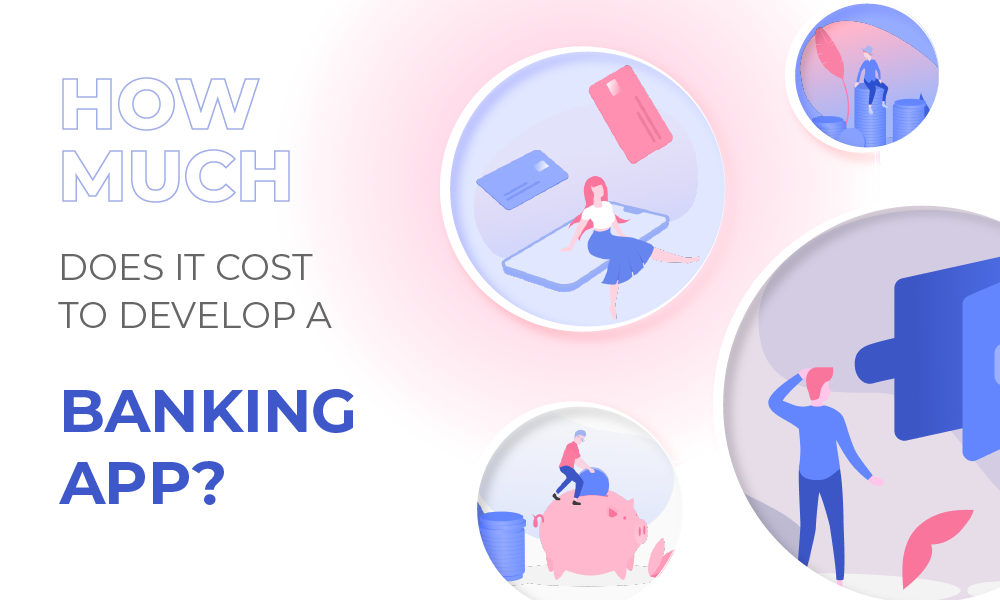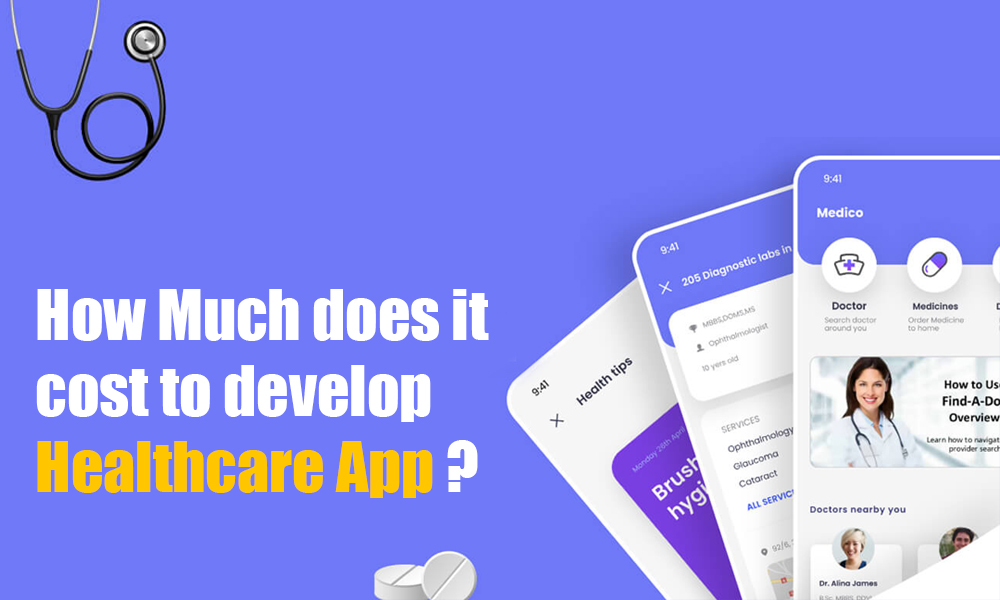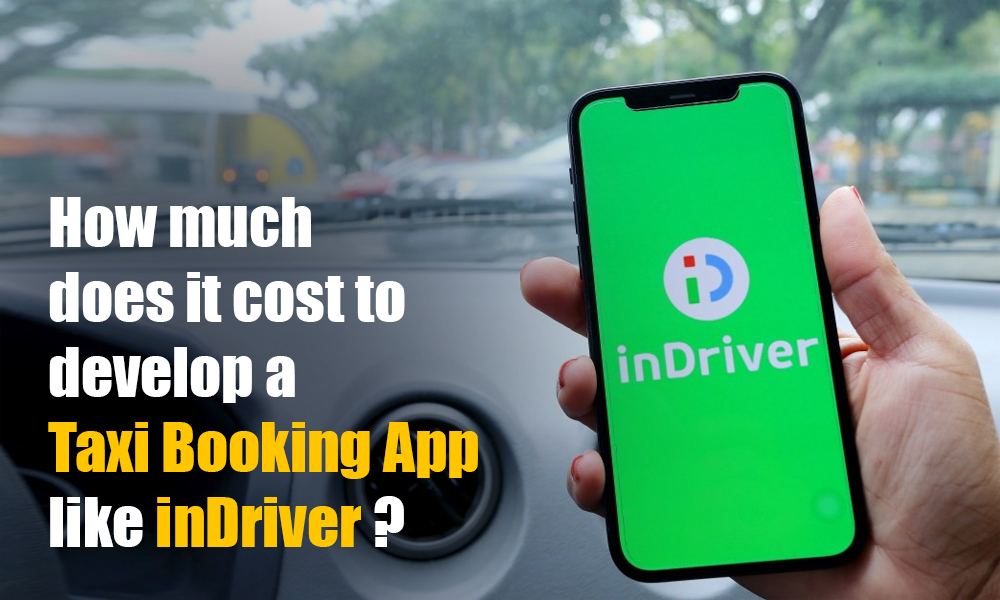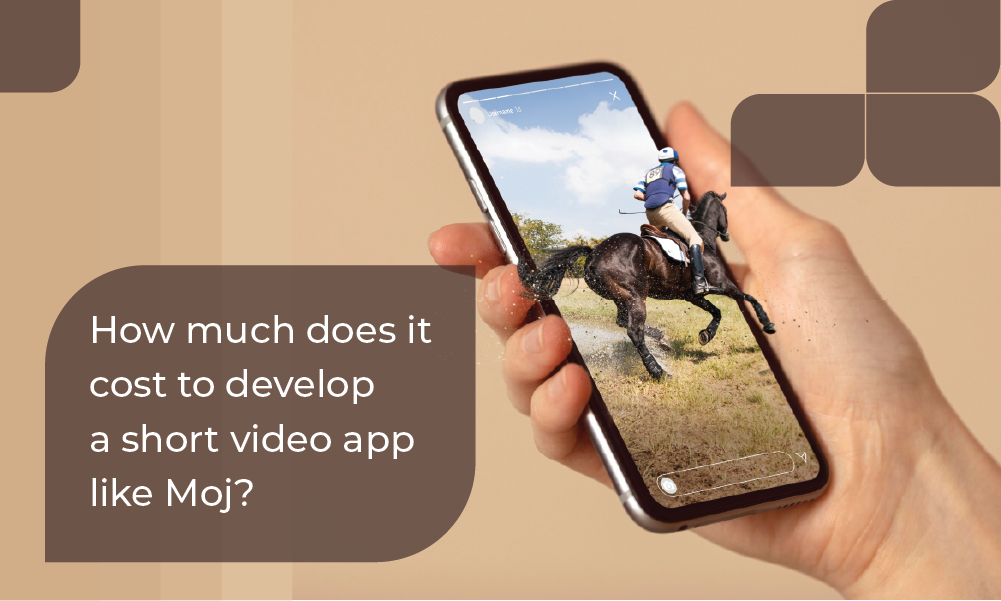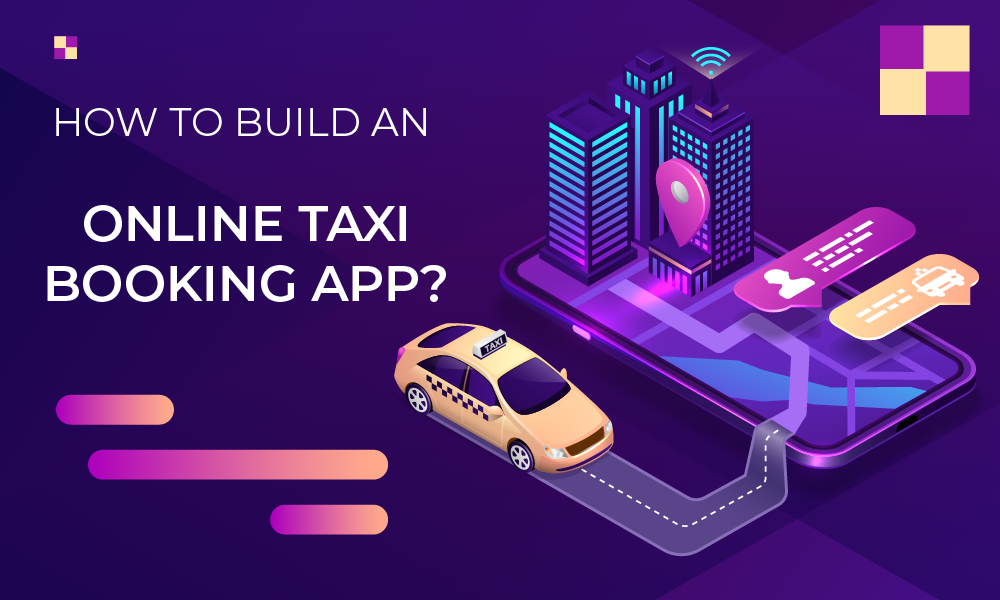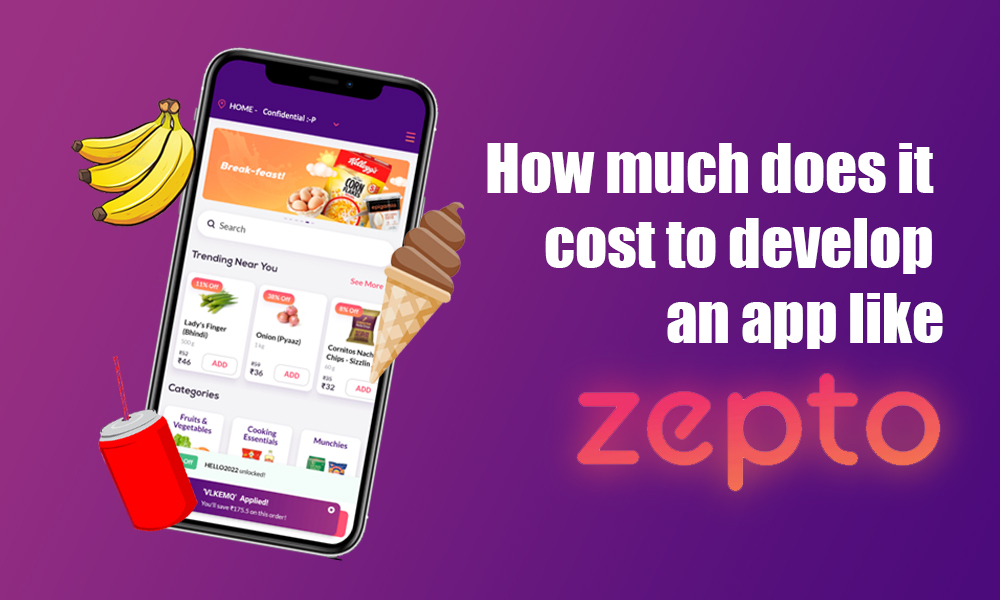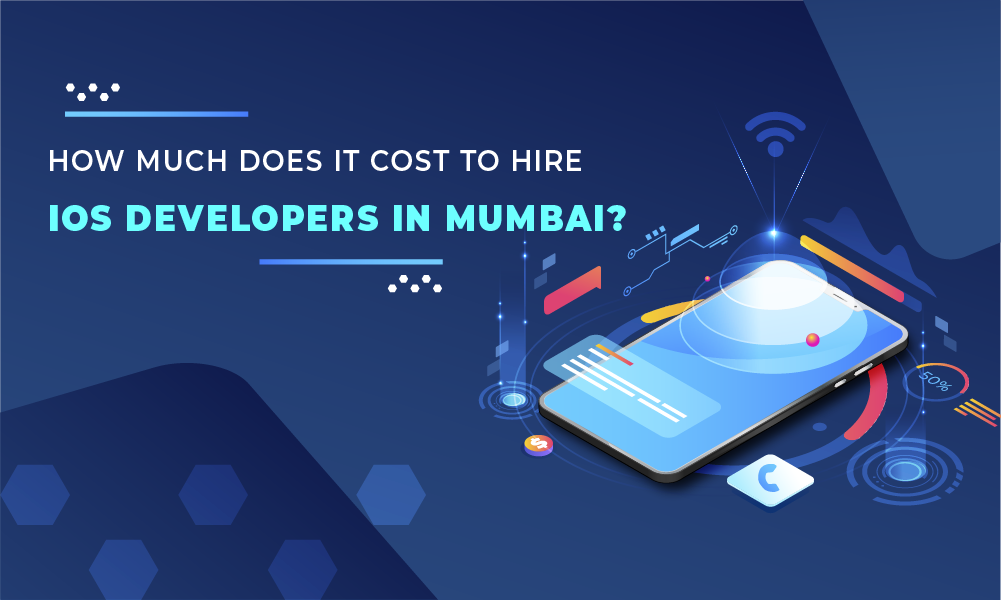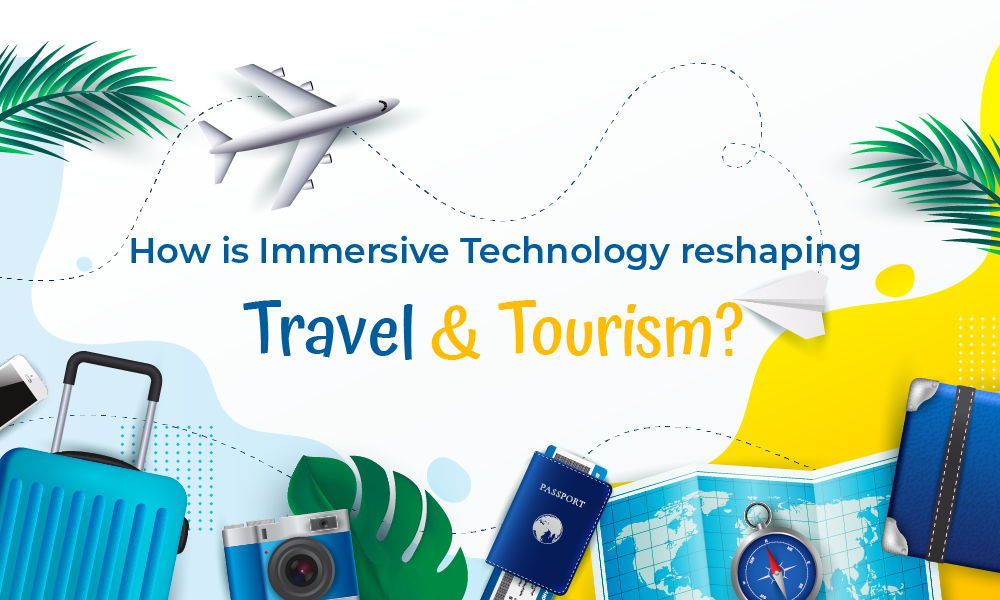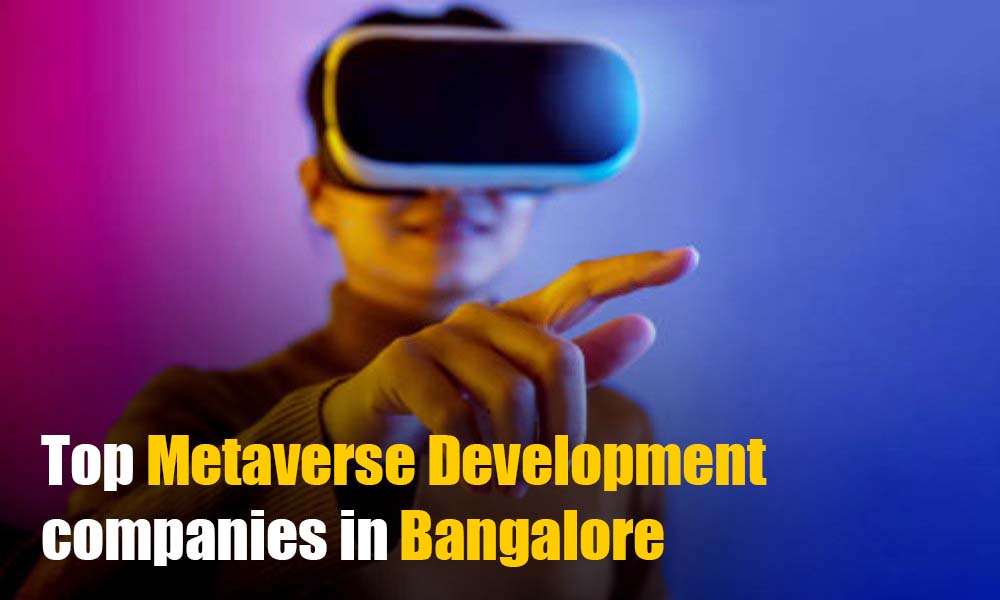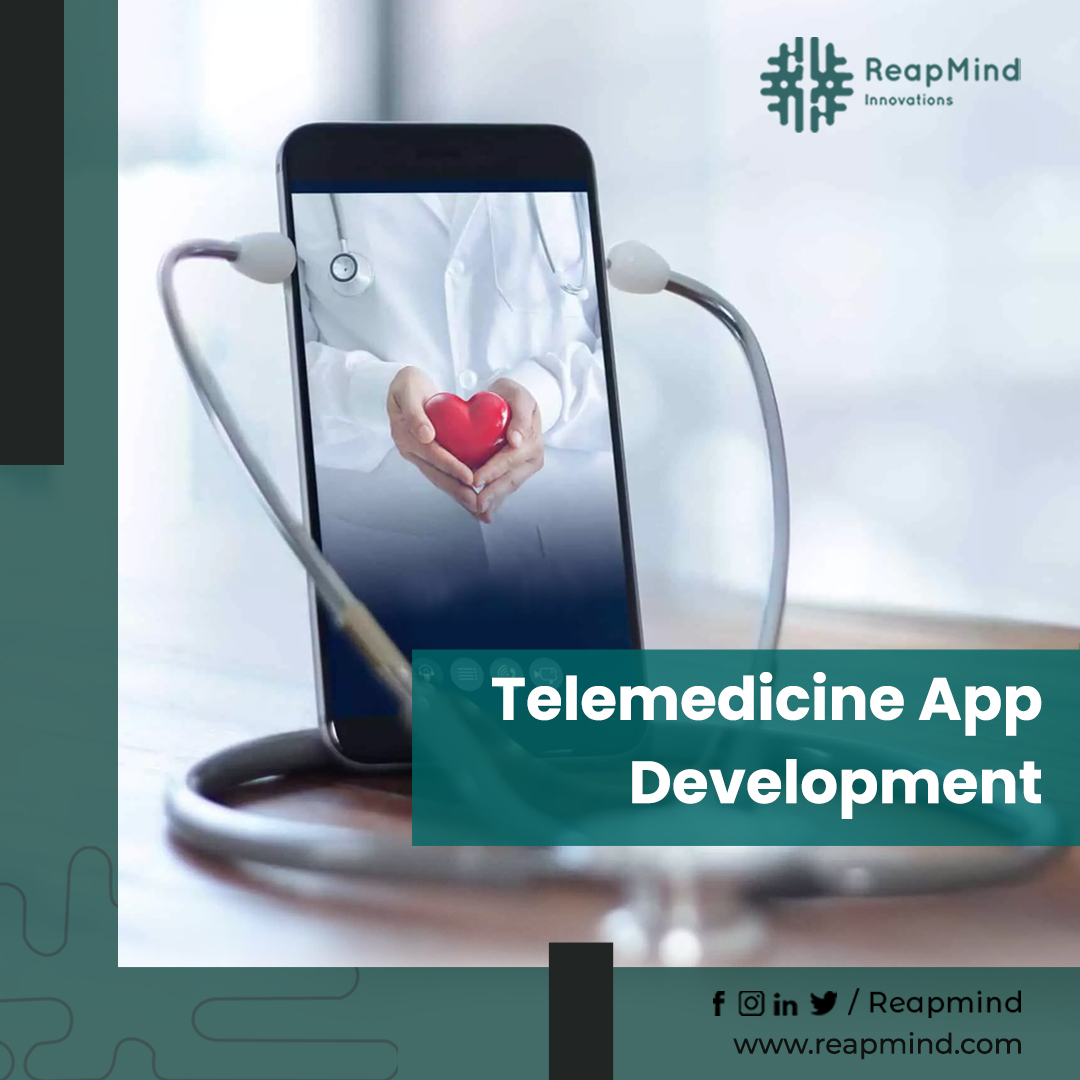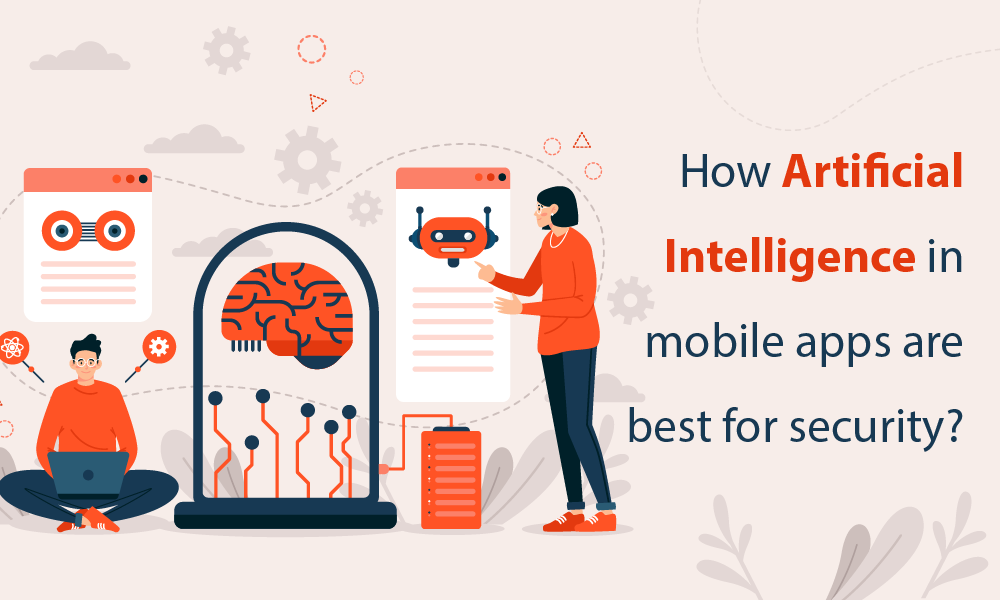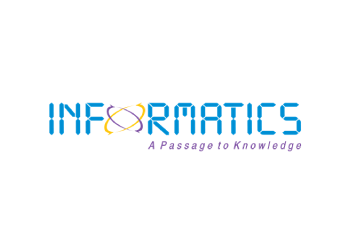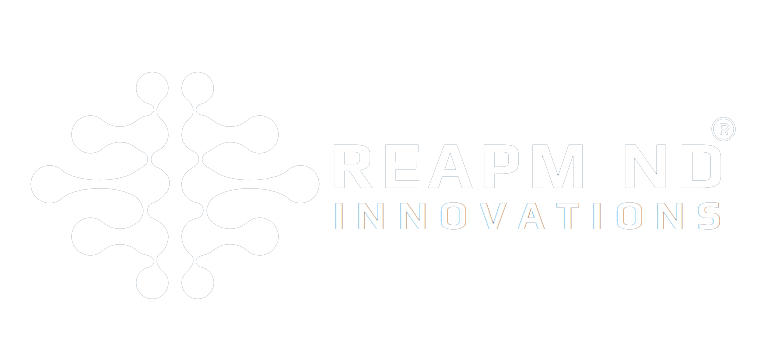Benefits of Augmented Reality in Education
Table of Contents
ToggleIn classrooms, throughout the world, augmented reality in education is gaining popularity. Educators can use augmented reality (AR) to improve learning outcomes by increasing engagement and interactivity, and that’s only the beginning. The AR experience is thriving as a key trend, with estimates that 2.4 billion Augmented Reality mobile users will exist by 2023. In 2015, however, there were barely 200 million users. It’s a fantastic increase in numbers that can’t be overlooked. However, the use of Augmented Reality in education and eLearning applications piques the curiosity.
AR Transforming in Education Industry
AR in education will have its magic. It has the potential to alter how we engage with mobile apps and other visual graphics. Augmented Reality may integrate computer-generated graphics with a real-world scene on a screen. AR in the classroom allows seeing a computer-generated object on the screen by moving the smartphone camera into space. Here everything happens in real-time as one can watch it through the camera. This method allows students to study in a more engaged setting.
Another feature of the AR experience is that it combines 25% digital reality with 75% real-world reality. It means that virtual items are integrated into the real world rather than replacing the entire environment. You might be asking how this relates to eLearning.
Here are some tips on how augmented reality might improve the learning experience. You can also seek eLearning software development from skilled developers if you want to construct an AR education application.
Augmented Reality in Education
AR in the classroom can enable teachers to present virtual illustrations of topics and incorporate game features to provide textbook material assistance, making classroom teaching more spectacular and interactive. Students will be able to learn and memorize information more quickly as a result of this.
Visuals are difficult to forget in human memory. Here are some educational applications of Augmented Reality:
– Users can view 3D dinosaurs by scanning through a collection of flashcards in an AR app named “Dinosaur 4D+.” Students may see dinosaurs in action and use the app’s rotating, zooming, and other functions. In addition, the app provides basic information about each dinosaur.
– Another potential example of Augmented Reality in education is the “Element 4D” AR software, which makes learning chemistry enjoyable. By simply placing two paper cubes for a special element block, users can find the atomic weight, chemical elements, the reaction between two chemicals, and their names.
– Google Expeditions, which allows users to see 3D objects in the classroom such as volcanoes, hurricanes, and even DNA, is another admired example of AR in education. More than 100 augmented reality adventures are available, covering topics such as the history of technology, the moon landing, and more.
From the examples given above, it is evident that augmented reality in education has the potential to be a very interesting and effective intervention that will transform education for at least the next few years. This will not just affect basic education; it will also affect higher education and training institutions.
Benefits of AR in Education
AR in education is simple to use and offers a wide range of functions at the same time. This combination provides users with a lot of advantages. So, let’s go over each advantage of augmented reality in education one by one.
Immersiveness
The traditional concept of education is rewritten by three-dimensional objects. Students have a better comprehension of the subject by looking at images of objects in books. Even nevertheless, these visuals are 2D and can only be viewed from one angle. Students can disassemble an object using AR in the classroom apps since they can see it from all sides. For producers of intricate mechanisms, this is critical. In addition, 3D objects can be used in anatomy lessons for medical students.
Visualization
The visual perception of information is linked to augmented reality. According to scientists, our eyes perceive more than 70% of all information. It means that AR in education aids in
improved information absorption. However, to attain a high-quality output, high-resolution learning materials are required.
Engagement
Students are always drawn to innovative learning methods. The majority of youngsters and adults choose to learn using modern technology such as augmented reality glasses and applications rather than traditional textbooks and syllabuses. Students’ productivity and overall performance improve as their involvement level rises. As a result, the performance of students has an impact on the reputation of educational institutions.
Safe Training
A beginner surgeon will not be able to do cardiac surgery on his or her first attempt. Without sufficient instruction, the pilot cannot take the plane off the ground. Specialists in these professions, on the other hand, are unable to practice in real-life settings. AR in education assists them in gaining the necessary experience. As it recreates a variety of real-life planes and lets pilots practice their skills using virtual reality. Due to the strong resemblance of plane mechanics to reality, pilots will have a greater understanding of the real plane during their first flight.
Collaboration
Students can utilize collaborative AR applications to work on the same object together instead of looking at the same picture in textbooks. They can make changes to items and write comments for the teacher to respond to later. This collaborative approach encourages teamwork and strengthens the relationship between students and teachers.
Conclusion
Augmented reality in education has the potential to revolutionize traditional education by revolutionizing the entire learning process. Overall, it will pique pupils’ interest and improve their efficiency. This will also aid students in comprehending concepts in an immersive environment, simplifying concepts and facilitating learning. Furthermore, by providing an exceptional learning experience through technology, educational institutions would attract enormous attention.
We are skilled enough to make immersive augmented reality apps at ReapMind. Our developers have developed augmented reality education software. As a result, we recognize the importance of smooth performance and user-friendly design for students. Furthermore, some of our engineers are passionate about augmented reality development and are always eager to contribute to the open-source AR community.
